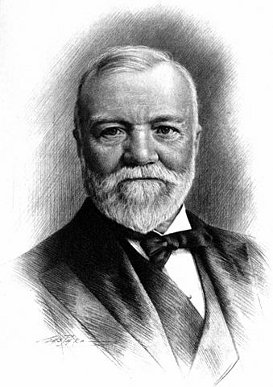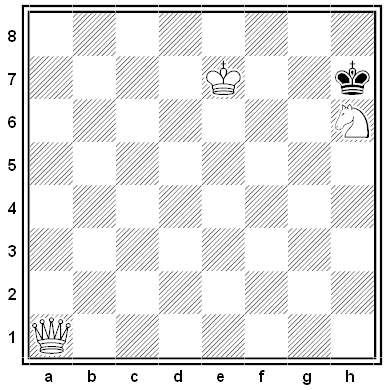
The Veterinary Record of April 1, 1972, contained a curious article: “Some Observations on the Diseases of Brunus edwardii.” Veterinarian D.K. Blackmore and his colleagues examined 1,598 specimens of this species, which they said is “commonly kept in homes in the United Kingdom and other countries in Europe and North America.”
“Commonly-found syndromes included coagulation and clumping of stuffing, resulting in conditions similar to those described as bumble foot and ventral (rupture in the pig and cow respectively) alopecia, and ocular conditions which varied from mild squint to intermittent nystagmus and luxation of the eyeball. Micropthalmus and macropthalmus were frequently recorded in animals which had received unsuitable ocular prostheses.”
They found that diseases could be either traumatic or emotional. Acute traumatic conditions were characterized by loss of appendages, often the result of disputed ownership, and emotional disturbances seemed to be related to neglect. “Few adults (except perhaps the present authors) have any real affection for the species,” and as children mature, they tend to relegate these animals to an attic or cupboard, “where severe emotional disturbances develop.”
The authors urged their colleagues to take a greater interest in the clinical problems of the species. “It is hoped that this contribution will make the profession aware of its responsibilities, and it is suggested that veterinary students be given appropriate instruction and that postgraduate courses be established without delay.”






